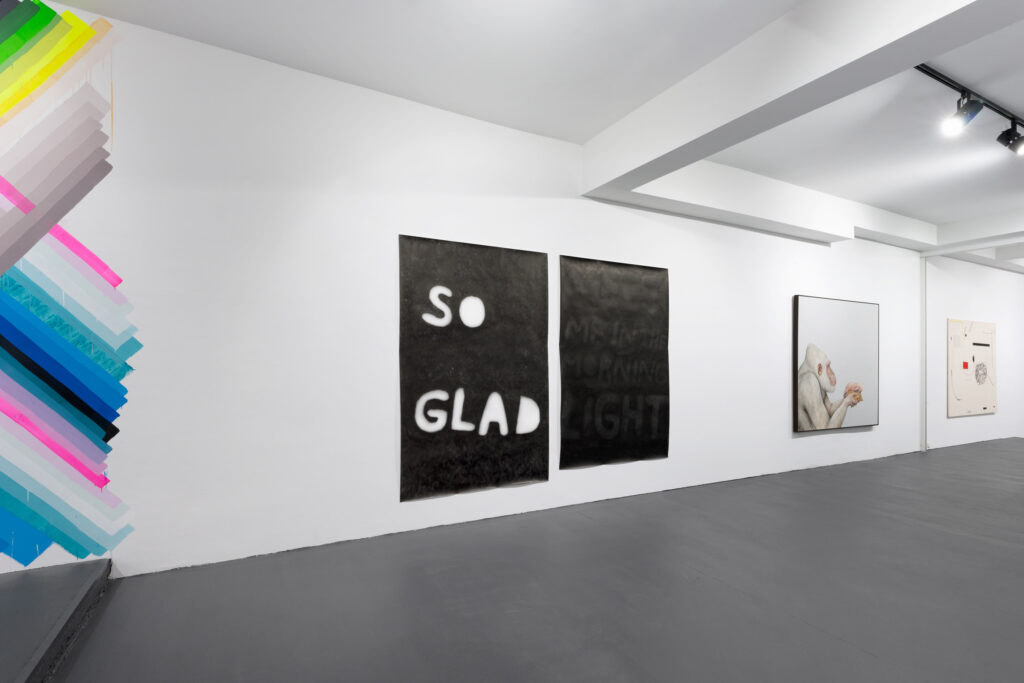Why clarity, context and continuity matter today.
The art world has changed very quickly in the past few years. The market has grown, artists have become more like entrepreneurs and many self-taught creators have found success. Everything is moving fast, but in all this change, people are looking for orientation.
Social media, politics and global shifts have made the art world more open, but also more confusing. It is harder to tell what really matters, what has value and what will last. This is why galleries are more important than ever.
A gallery is not just a place to show art. It gives context, stability and quality.
It helps artists develop, supports collectors in making informed decisions and promotes meaningful dialogue between them and art.
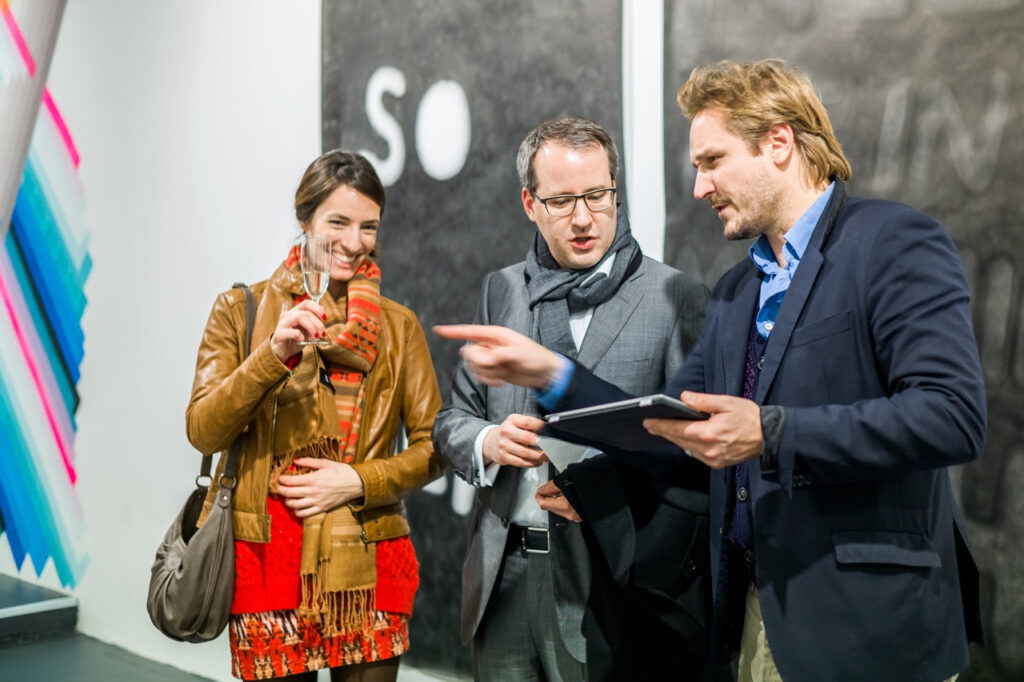
The Gallery as a Management for Artists
Representing an artist involves far more than exhibiting their work. A gallery acts as a partner, offering guidance, structure and support throughout every stage of an artist’s career.
Galleries handle marketing, pricing, logistics and communication, allowing artists to focus on what they do best: creating art.
Through established networks of collectors and art enthusiasts, galleries connect artists with the right audiences. These relationships rely on trust and shared curiosity, helping new work find its place and meaning within a broader context.
Representation by a gallery also adds credibility. It strengthens an artist’s reputation and opens doors to future collaborations, exhibitions and institutional recognition.
Exhibitions, publications and online presentations help artists reach wider audiences, gaining visibility locally and internationally. Galleries also facilitate participation in major art fairs, offering opportunities that are often difficult to access independently.
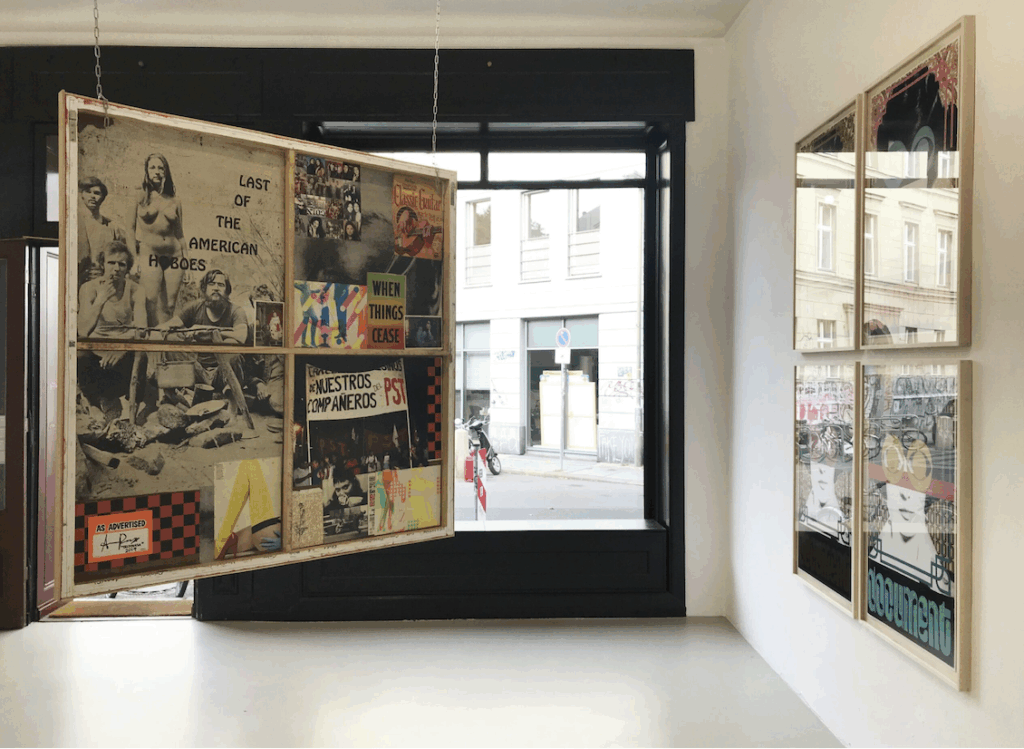
The Physical Third Place
Presenting art in a physical space remains central to what galleries do. Experiencing artworks in person, within a carefully curated environment, offers a depth and emotional quality no digital format can replicate.
Ultimately, a gallery is a place where connections grow. It brings together artists, collectors, curators and art lovers, fostering community, exchange and long-term trust.
As Jeff Koons expressed yesterday at the opening of his new exhibition at Gagosian in New York:
“In philosophy, the word you see most often is “reflect”. I think that`s the pull for me – it`s about the gaze, the wonder, and having a dialogue with light.”
– Jeff Koons
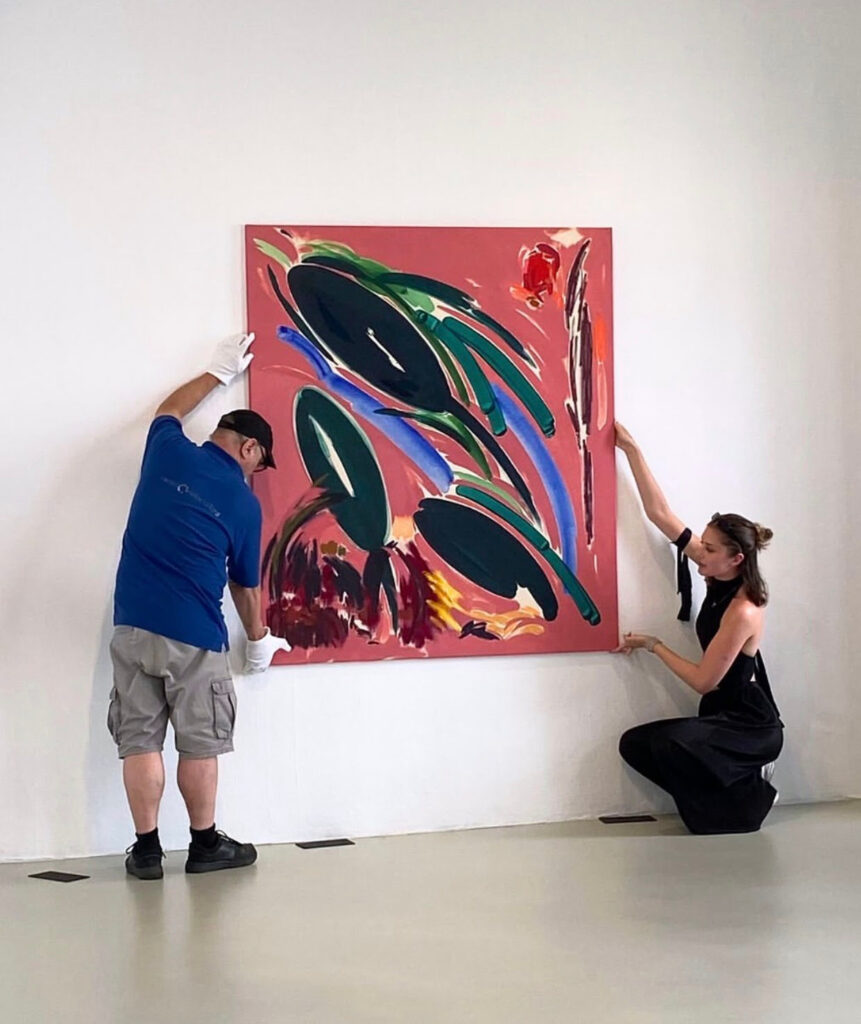
Market Knowledge and Steering
As active participants in the art market, galleries play a key role in maintaining transparency, quality and balance. Together with their artists, they determine and oversee the number of artworks released to the market each year. This helps protect both artistic integrity and long-term market stability.
Galleries closely observe market developments and act strategically to ensure that growth remains sustainable.

We recommend to read the full report which you can find here
The importance of Clarity, Documentation and building sustainable Careers
Galleries help establish a transparent and fair system of value and pricing. We also maintain and contribute to each artist’s catalogue raisonné, an essential tool for authenticity, traceability and long-term trust among collectors and institutions.
We recognise the importance of the artist factor as a justified and sensitive indicator of artistic and economic value. It must be handled with care and responsibility, as it strongly influences perception, reputation and the sustainability of a career.
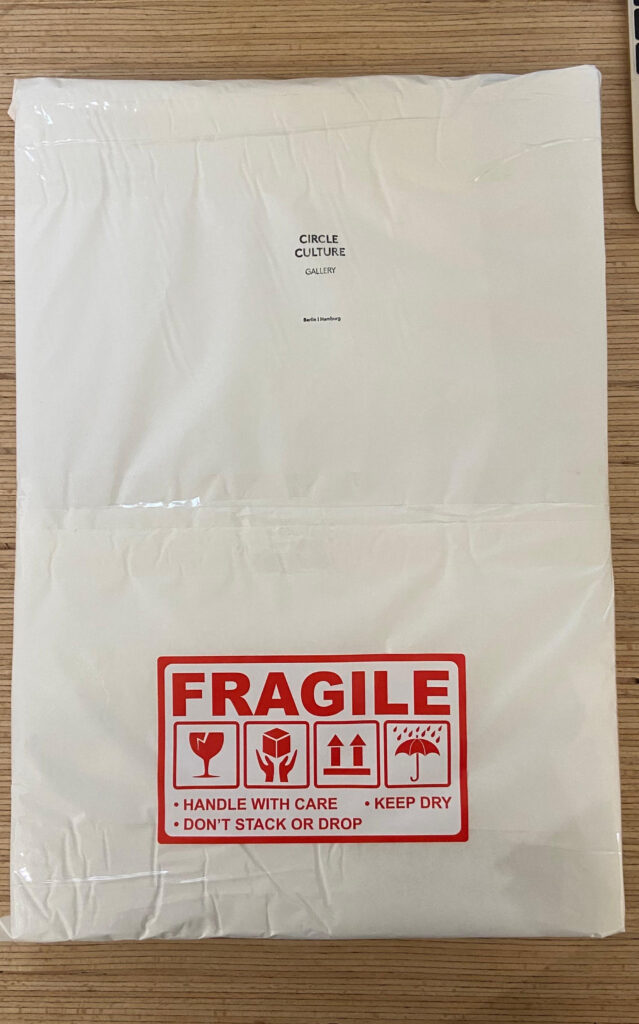

Building Sustainable Careers
A strong gallery lays the foundation for a sustainable career, provided both sides commit to that shared goal. The focus lies on building lasting value through thoughtful positioning rather than chasing short-term attention or temporary trends.
In a time when social media visibility often overshadows substance, long-term strategy becomes far more important than instant hype.

Executive Summary
In recent years, some galleries have lost visibility and trust, while online platforms have gained influence. But precisely because the art world has become so fragmented and fast-moving, galleries now play an even more essential role in providing orientation and reliability.
Experiencing art on site still holds a unique quality. It invites genuine dialogue and emotional engagement that cannot be replaced by scrolling through images online.
Gallerists curate with care, ensure quality, accompany artists in both their creative and professional growth, organize exhibitions and represent their artists at international fairs. They also help establish a transparent and fair system of value and pricing.
“I think it’s unfortunate to see how the art market is currently in complete disarray and lacks clear structures.
The gallery is like the soccer club in the sports business, holding everything together ensuring a structured market. If that is lost, those interested in art will no longer have any orientation or guidance. That may be interesting for people who have a lot of time and are in a position to keep themselves informed and organize studio visits independently but we will lose many people who are actually interested in art.”
– Dirk Staudinger
By combining orientation, credibility and continuity, galleries create a foundation of trust: for artists, collectors and everyone who believes that art deserves time, attention and context.
